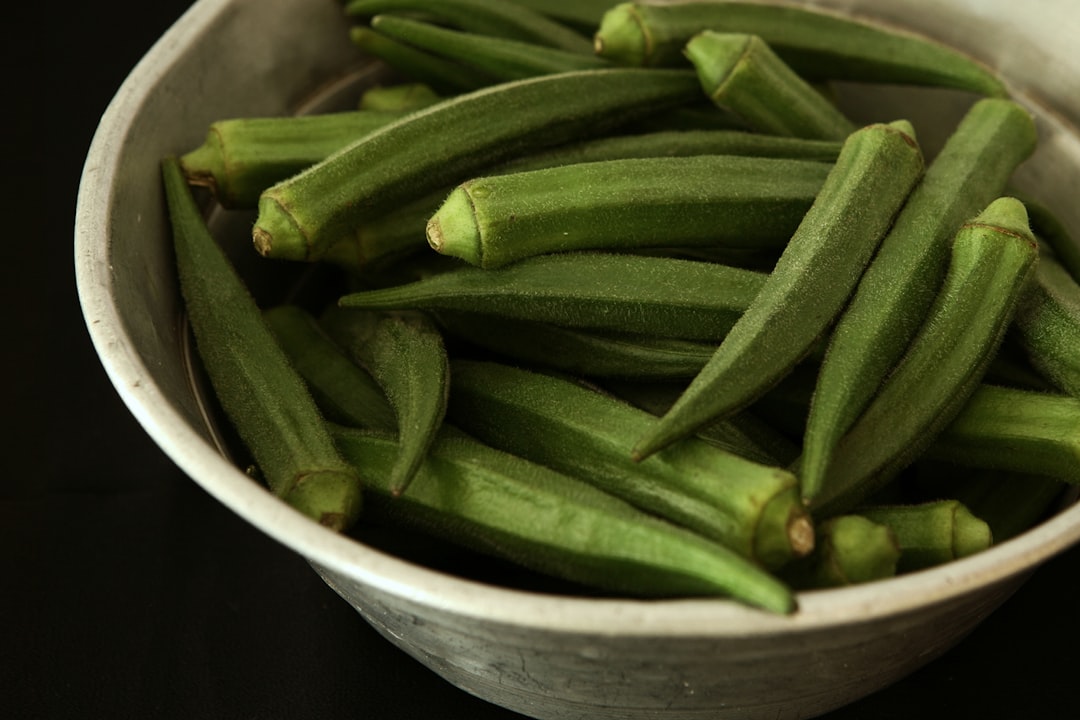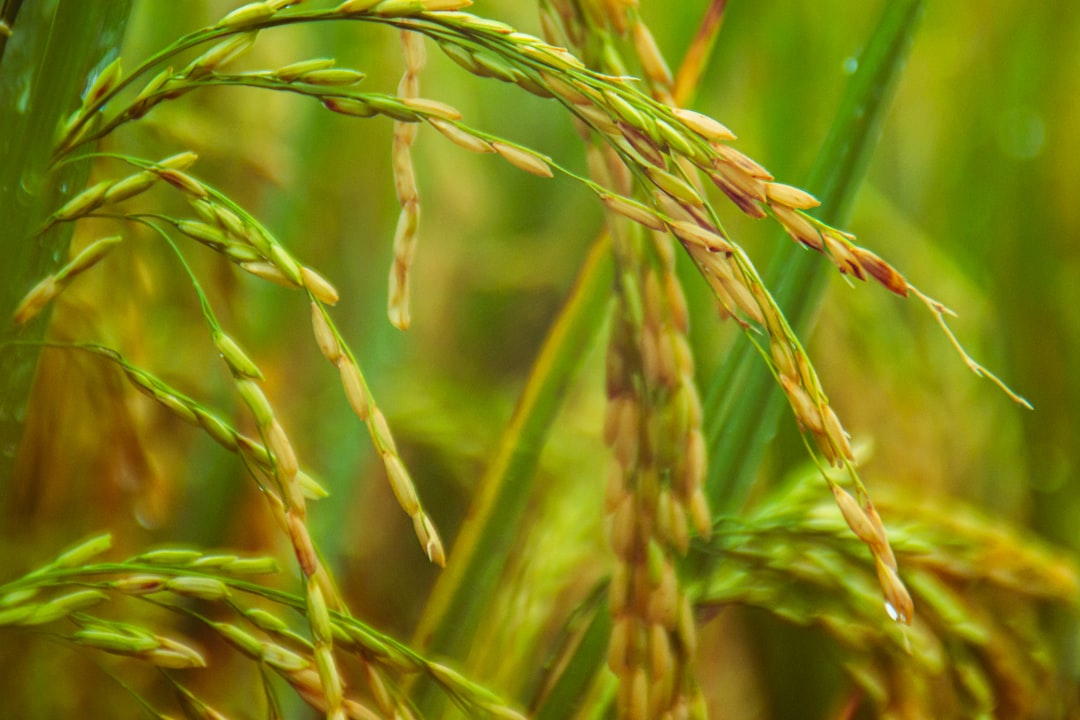What is it about?
Communities of microbes can cooperate to defend against predators. In this study, the authors found that two unrelated bacterial strains, Pseudomonas and Paenibacillus, each susceptible to predation by amoebae, exchanged natural products to defeat predators when the strains were grown together. When exposed to predatory amoebae, one strain produced a molecule called syringafactin, which induced the other strain to produce enzymes called peptidases. The peptidases broke down syringafactin into fragments that proved toxic to the amoebae. This study shows how microbes work together to guard against predators and suggests that microbial interactions may be a source of novel and potent bioactive compounds.
Featured Image

Photo by svetjekolem on Unsplash
Why is it important?
Natural products are important mediators in interacting microbial communities. Here, we show that bacteria can defend themselves against a common predator by teaming up. This form of cooperative defense relies on the production of a linear lipopeptide by a Pseudomonas species, which induces the production of peptidases and proteases in a Paenibacillus species. These enzymes degrade the lipopeptide into fragments which are highly toxic to the amoebal predator. Investigating microbial interactions enables identification of novel chemical entities with potent biological functions.
Read the Original
This page is a summary of: Lipopeptide-mediated bacterial interaction enables cooperative predator defense, Proceedings of the National Academy of Sciences, February 2021, Proceedings of the National Academy of Sciences,
DOI: 10.1073/pnas.2013759118.
You can read the full text:
Resources
Contributors
The following have contributed to this page










